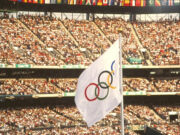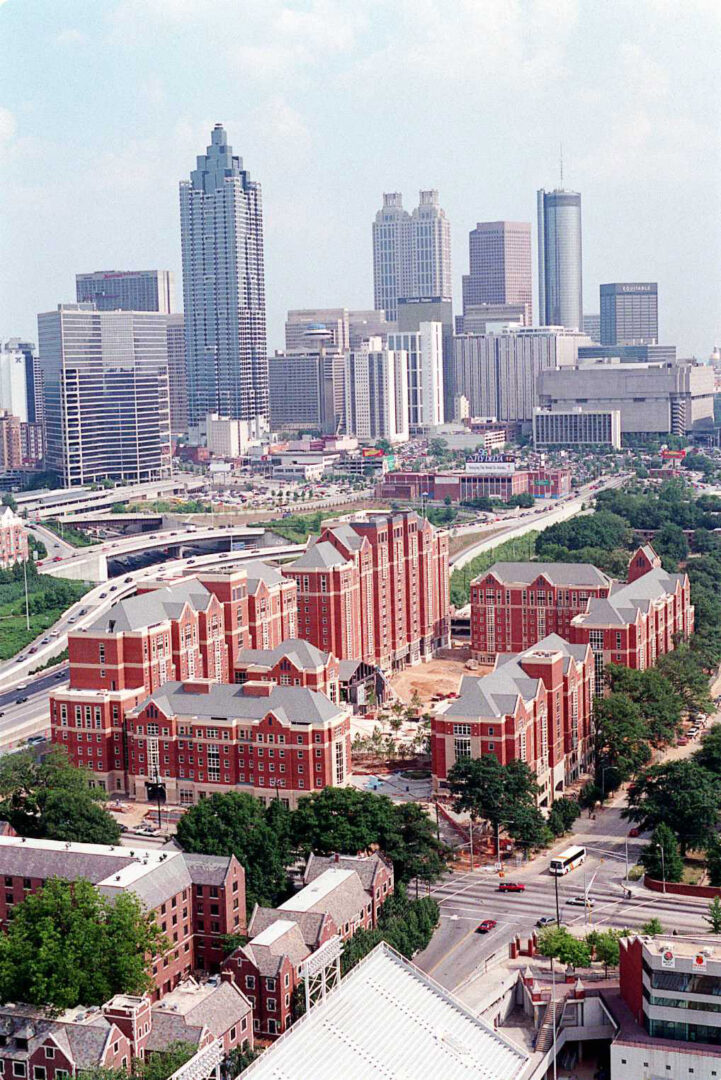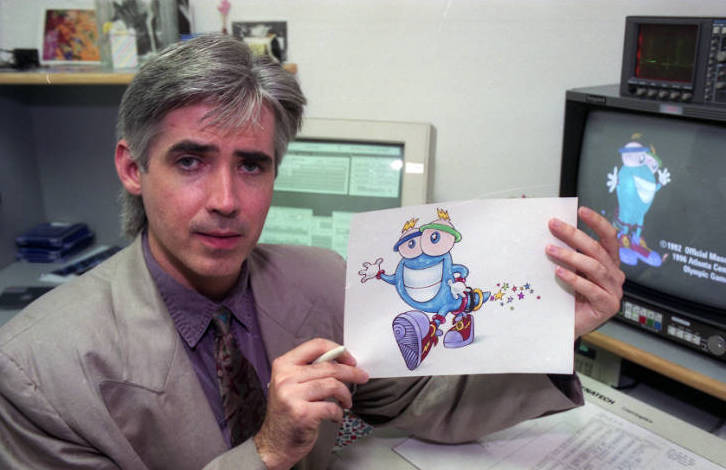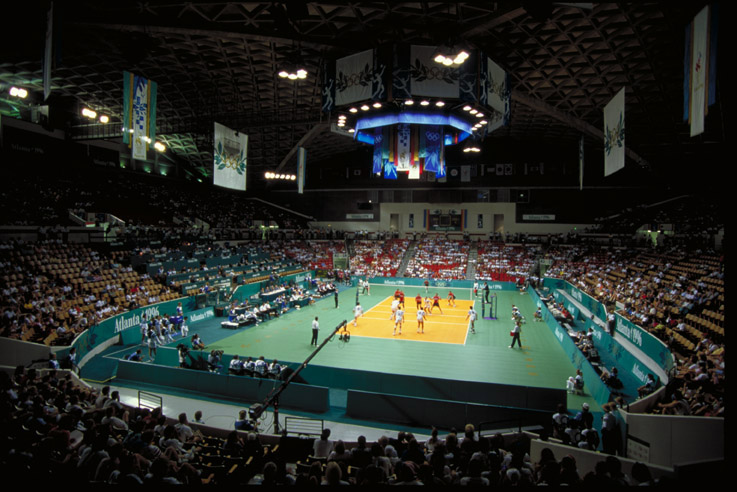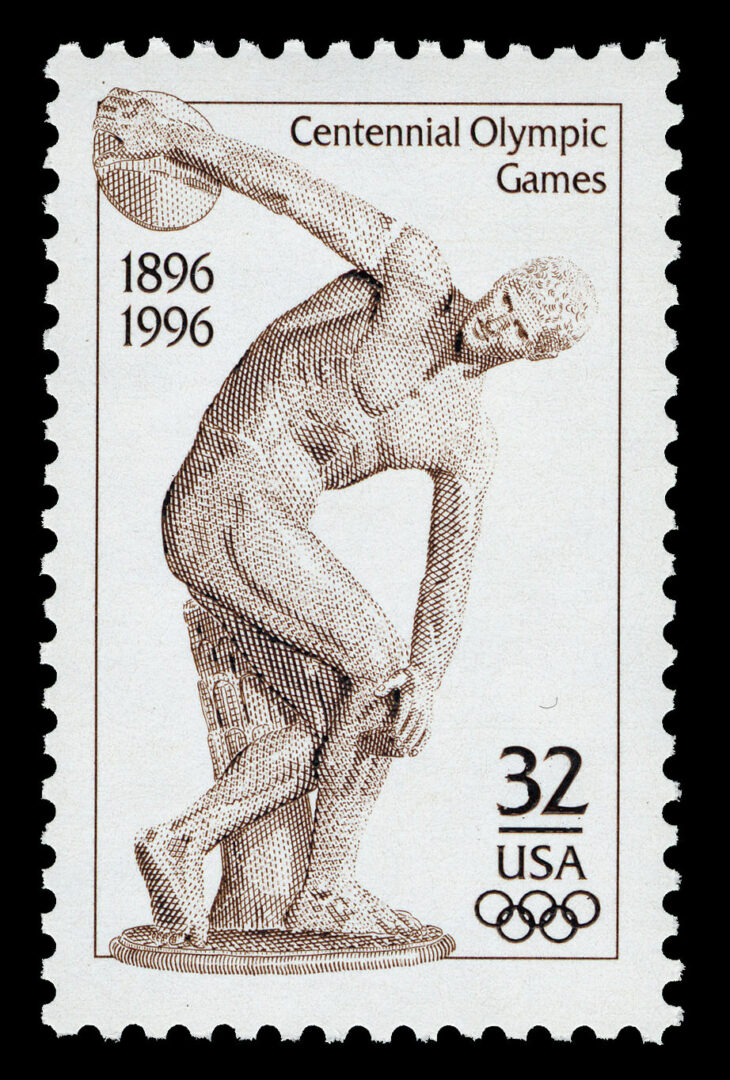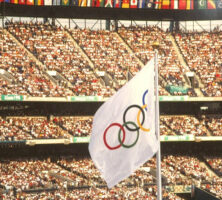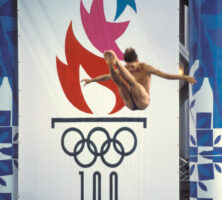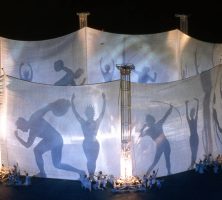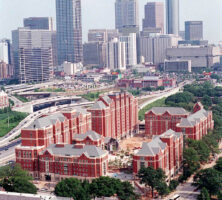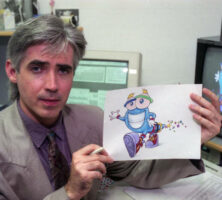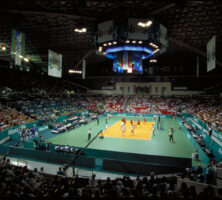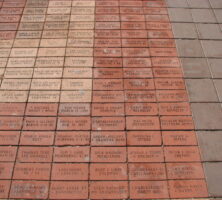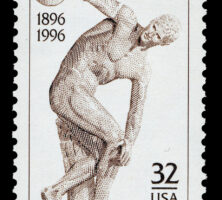From July 19 until August 4, 1996, Atlanta hosted the Centennial Summer Olympic Games, the largest event in the city’s history. Local leaders hoped to use the publicity to promote Atlanta’s image as an international city ready to play an important role in global commerce.
After winning the bid to host the games, Atlanta’s preparations for the Olympics took more than six years and had an estimated economic impact of $5.14 billion. In the process Atlanta changed dramatically as new sports venues were built, park space was created, sidewalks and streets were improved, and housing patterns were altered. During the seventeen days of the Olympics, more than 2 million visitors came to Atlanta, and an estimated 3.5 billion people around the world watched part of the games on television. The 1996 Olympics created a significant legacy for Atlanta and its leaders.
Preparations for the Games
In 1987 an Atlanta attorney and former football player at the University of Georgia, Billy Payne, conceived the idea of hosting the 1996 Summer Olympic Games. Atlanta mayor Andrew Young was among the first to join Payne in the quest to develop a bid and sell the proposal, first to local business leaders, then to the U.S. Olympic Committee, and finally to the members of the International Olympic Committee (IOC). The local organizing committee headed by Payne and Young produced a two-volume bid document outlining the city’s plans for the sporting events, financial support, and accommodations for Olympic visitors. Major selling points of the bid were the warmth of southern hospitality and the city’s unique heritage as both the birthplace of Martin Luther King Jr. and a major center of the civil rights struggle.
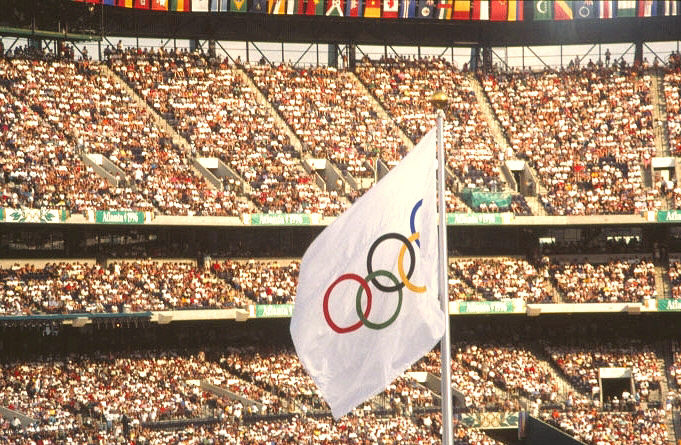
Atlanta competed against five other cities for the right to host the 1996 Olympics: Athens, Greece; Belgrade, Yugoslavia; Manchester, England; Melbourne, Australia; and Toronto, Canada. Payne, Young, and other volunteers traveled around the world promoting the city’s bid to IOC delegates. The rich prize of hosting the Olympics resulted in a pattern of lavish gift-giving and providing favors to IOC members that cost the six cities competing for the games in excess of $100 million. After the selection of Atlanta in September 1990, rumors circulated that the city had used excessive gifts, or in some instances, bribes, to influence IOC voting, but no evidence came to light until documents were released as part of a 1999 congressional investigation into Olympic bidding in the wake of a scandal in Salt Lake City, Utah. This pattern of attempting to influence IOC members appears to have been the norm among all the competing cities at the time.
Preparations for the games were intense. Many of Atlanta’s sports venues had to be expanded, and other entirely new venues needed to be designed and built. Funds came from a variety of sources, including more than $1 billion in public money as well as ticket sales and corporate sponsorships that were sold to many types of businesses, from television game show production companies to automobile, watch, and salad-dressing manufacturers.
Private investment also came in the form of hotel construction as approximately 7,500 rooms were built between 1990 and the opening of the games. This brought the number of hotel rooms in the Atlanta area to more than 60,000. National chains opened themed restaurants along Peachtree Street in hopes of profiting from the crowds of Olympic visitors. The federal government spent millions of dollars on replacing sidewalks, posting pedestrian signs, planting trees, installing new lighting, and displaying public art. As soon as the streets in the downtown area were fixed up for Olympic visitors, a representative of the city government leased space to temporary vendors in tents, stalls, and carts, creating a carnival atmosphere that became the subject of much controversy.
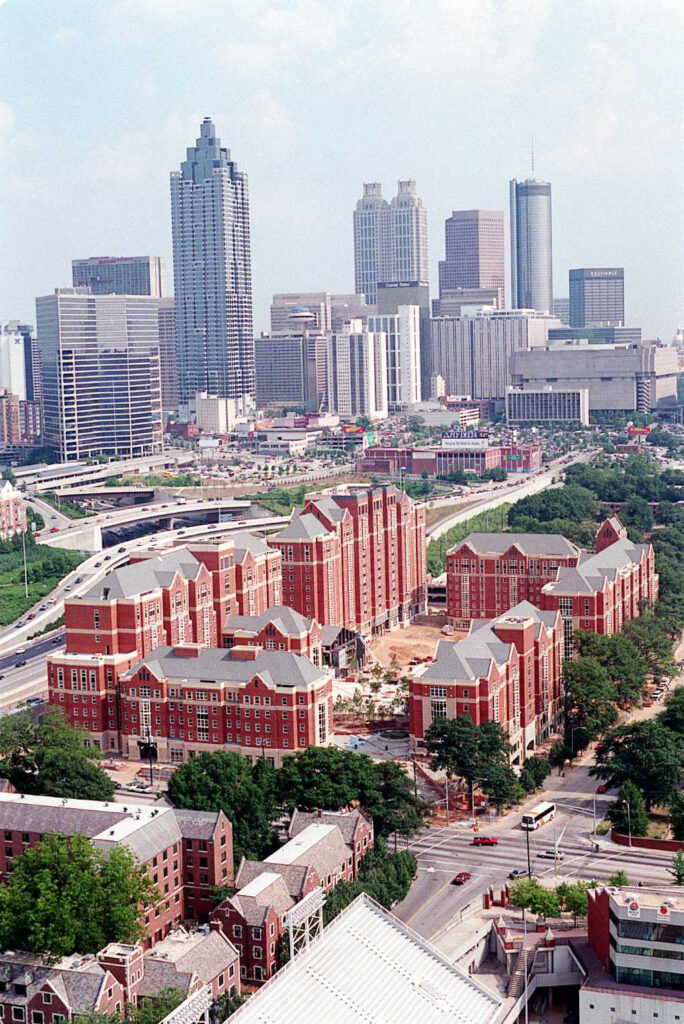
Let the Games Begin
The opening ceremony on July 19 attracted a capacity crowd of 83,000 to the Olympic Stadium for a display honoring southern culture and the 100th anniversary of the modern Olympic movement. The artistic success of the opening ceremonies gave way to problems when the athletic competitions began the next day. Members of the international press corps experienced transportation problems getting to venues near downtown from their housing in scattered locations throughout the metropolitan area. Many journalists were late or missed events as some buses broke down and a few drivers became lost. There were also delays in reporting the results of athletic events as a state-of-the-art computer system failed to deliver data from the various competition sites. This caused missed deadlines and added to the frustration of journalists from all over the world. Their reports on the games were critical of local organizers and the city itself.
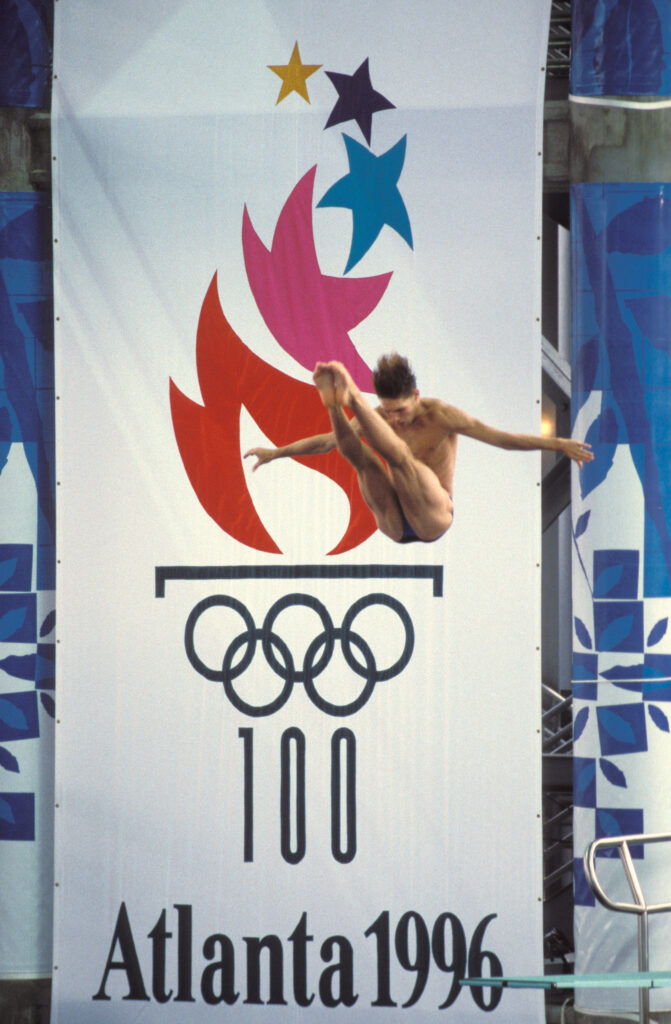
Those who came to watch the athletes were not disappointed by the 10,318 competitors representing 197 nations in 26 sports. Other visitors came to Atlanta just to be a part of the huge event, creating a lively crowd enjoying free concerts in Centennial Olympic Park and other activities downtown. The pleasant mood of the Olympics changed suddenly in the early morning of July 27, when a pipe bomb exploded in Centennial Olympic Park during a concert, causing two deaths and more than 100 injuries. While the athletic competition continued, security became tighter for subsequent Olympic events.
The Legacy of the 1996 Olympic Games
Following the closing ceremony on August 4, there were mixed assessments of the games. Surveys showed that most visitors were impressed with Atlanta’s efforts to host the games and left with a favorable opinion of the city. The members of the IOC were pleased with the athletic competition, the all-time high attendance, and the television coverage. On the other hand, they were critical of the commercialism surrounding the Atlanta games and the problems affecting international journalists.
Downtown Atlanta received several tangible legacies from the Olympics, like its improved pedestrian environment. One of the preparations for the games included the construction of new housing and the conversion of existing buildings into lofts, which gave the city a round-the-clock population that helped reverse several decades of decline. Housing in several low-income neighborhoods near downtown also changed in preparation for the games. For example, the Techwood Homes public housing project was replaced by mixed-income apartments and dormitories to house Olympic athletes. Many of Atlanta’s sports facilities were replaced or upgraded for the Olympics. Olympic Stadium was refitted as Turner Field, home of the Atlanta Braves professional baseball team from 1997-2016, and later redeveloped as Georgia State University’s Center Parc Stadium. The new Centennial Olympic Park provided additional greenspace and attracted investment in nearby housing and hotels. Atlanta’s tourism industry also received a boost from the Olympics. During the five years after the Olympics, the number of conventions hosted by the city increased each year, and the number of international tourists also grew.

The hosting of the 1996 Olympic Games made a lasting imprint on Atlanta, bringing increased attention and investment to the greater Atlanta area from around the globe. In 2006 the city celebrated the ten-year anniversary of the games with various ceremonies and celebrations, including the opening of the Centennial Olympic Games Collection at the Atlanta History Center in July.


